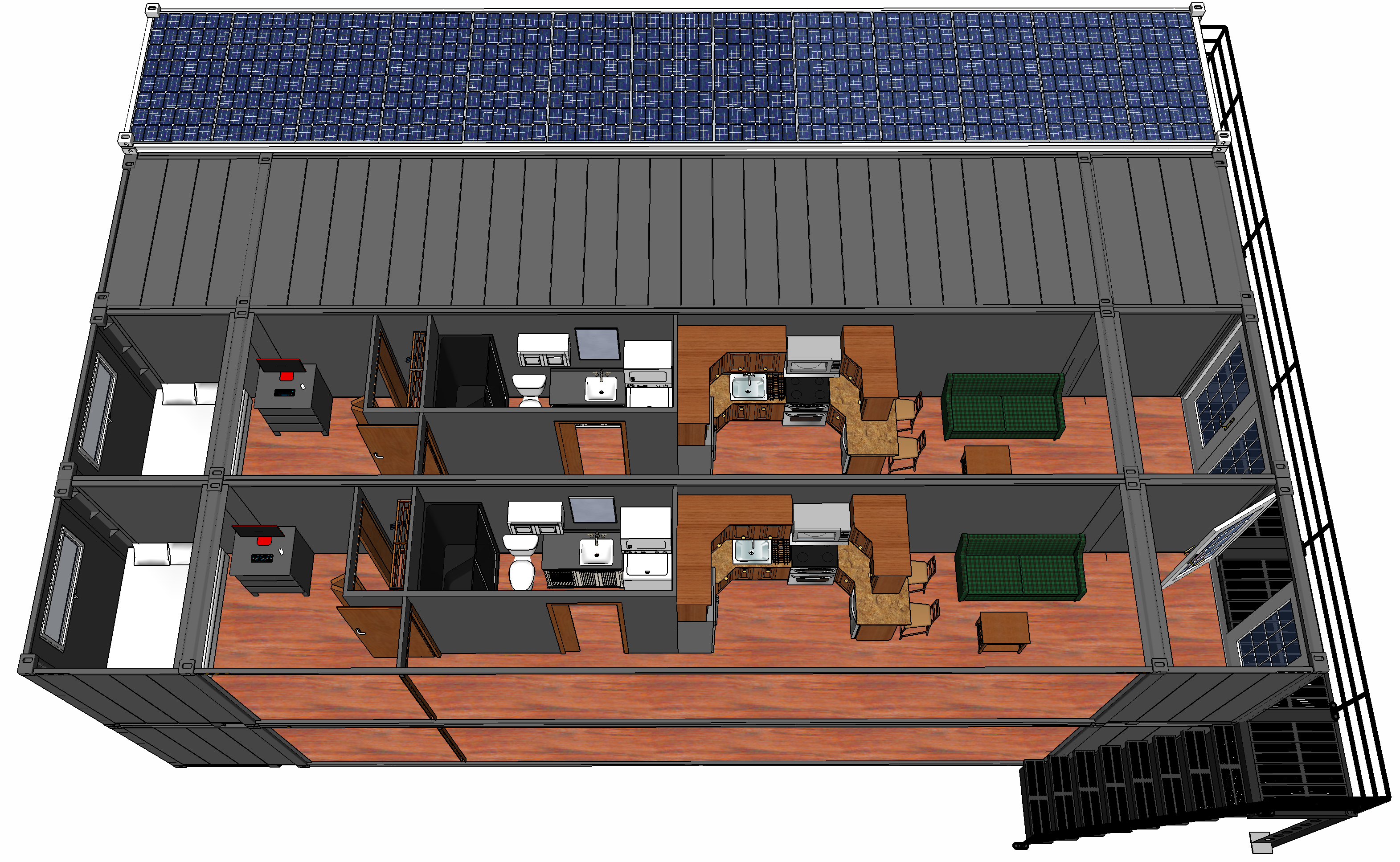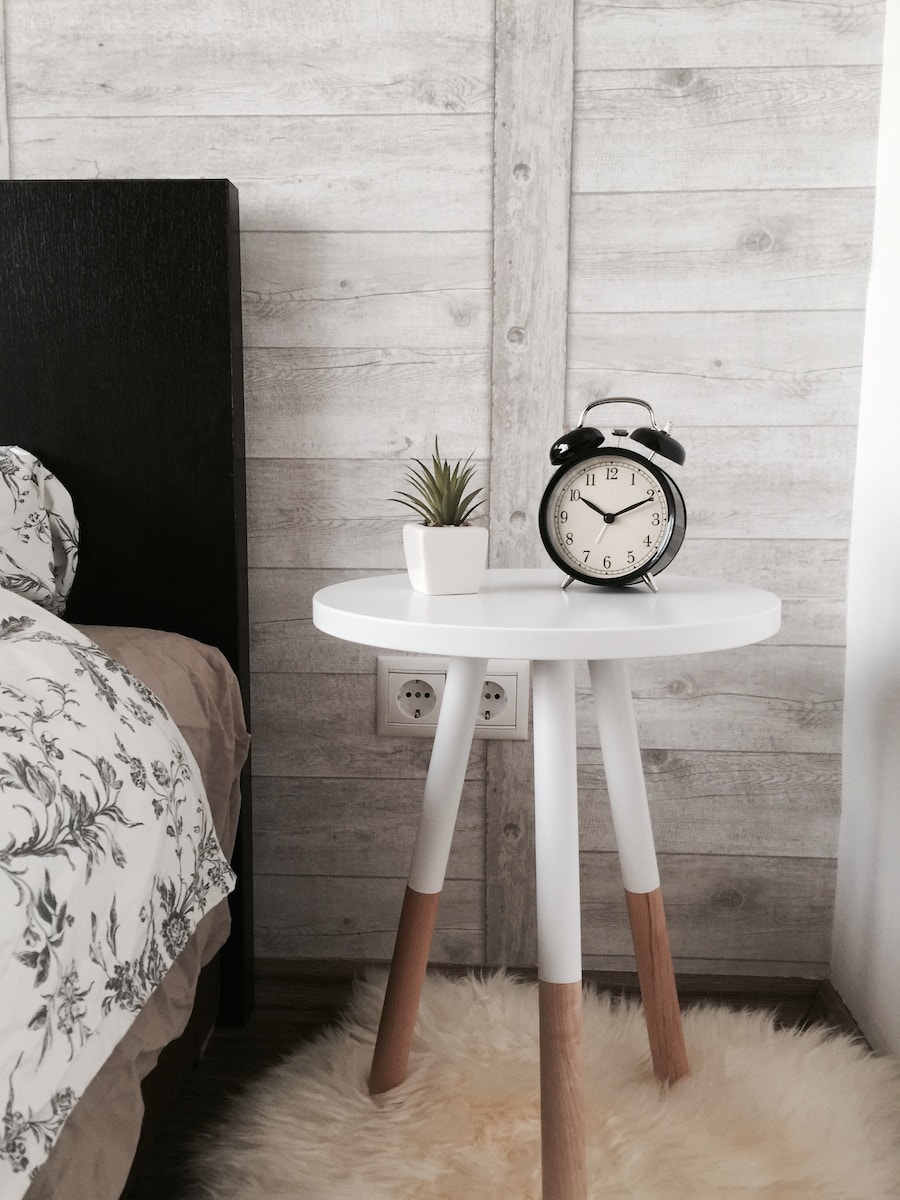Greetings, container home enthusiasts! I’m Lulaa Black, and for the past four years, I’ve been delving into the wonderful world of container homes. From quirky designs to off-the-grid living, I’ve seen it all. One crucial aspect of container home construction that often gets overlooked is the foundation. It’s like choosing the right shoes for your outfit; a misstep here can throw off the entire look. So, let’s dive into the nitty-gritty of selecting the perfect foundation for your container abode.
Why the Foundation Matters
Before we get into the specifics, let’s address the elephant in the room: why does the foundation matter so much for container homes? Well, your foundation isn’t just about keeping your home level; it’s the backbone that ensures your container home remains safe, stable, and secure for years to come.
Concrete Slab Foundations: Rock Solid

Concrete slab foundations are a classic choice for container homes. They provide a stable and level base for your containers, and their durability is hard to beat. A well-poured concrete slab can last for decades without much maintenance. It’s like the trusty blue jeans of the foundation world – always in style.
One example of a container home with a concrete slab foundation is the “Casa del Contenedor.” Located in Spain, this stunning home seamlessly blends modern design with the industrial aesthetic of shipping containers, all anchored to a robust concrete slab. The result is a masterpiece that stands the test of time.
Pier Foundations: Going with the Flow
Pier foundations, also known as “piers and beams,” are a versatile option for container homes, especially in areas prone to flooding or where the terrain isn’t quite level. These foundations consist of piers strategically placed to support the weight of your containers.
Imagine you’re building a container home in a flood-prone region like New Orleans. A pier foundation, like the one used in the “Bayou Bungalow,” can elevate your home above potential floodwaters while maintaining structural integrity.
Screw Pile Foundations: Twist and Shout
For those who prefer eco-friendly options, screw pile foundations are gaining popularity. They’re like giant corkscrews that twist into the ground to support your container home. These foundations are ideal for locations with loose or sandy soil, where traditional foundations may not fare as well.
A remarkable example is the “Sustainable Shipping Container House” in California. This container home rests on screw pile foundations that minimize disturbance to the site’s natural surroundings. It’s a great choice for environmentally conscious homeowners.
Shipping Container Footings: Reusing the Past
What’s better than a foundation designed specifically for shipping container homes? Enter shipping container footings. These custom-designed foundation systems are a perfect fit for your containers, both figuratively and literally. They allow you to keep the industrial look while ensuring stability.
The “Container Cabin” in Oregon serves as a fantastic example. It utilizes shipping container footings, showcasing the fusion of form and function. It’s like turning an old pair of jeans into a fashionable new outfit.
Local Considerations and Regulations

Now that you’ve got an idea of the types of foundations available, it’s time to get down to business. You can’t just pick a foundation willy-nilly; you need to consider your local conditions and regulations.
- If you live in a region with harsh winters, your foundation needs to account for frost heave. In contrast, areas prone to earthquakes may require additional reinforcement.
- The type of soil on your building site matters. Some foundations work better with sandy soil, while others are more suitable for clay or rocky terrain.
- Every locale has its own building codes and regulations. Before you start pouring concrete or drilling screws, ensure you’re complying with all local requirements.
Budget and Construction Time
While we all want our container homes to be unique masterpieces, budget and construction time are crucial factors to consider.
- Some foundations are pricier than others. Concrete slabs, for instance, can be costly to pour, while screw pile foundations may save you money.
- If you’re looking to move into your container home ASAP, some foundation options, like pier foundations, may be quicker to install than others.
Your Aesthetic Vision
Finally, let’s talk about aesthetics. Your container home is a reflection of your unique style, so choose a foundation that complements your vision.
- If you love the industrial look, consider foundations that expose the underside of the containers.
- For those who prefer a more natural look, opt for foundations that allow for landscaping around the containers.
In the end, selecting the right foundation for your container home is a bit like choosing the perfect pair of shoes for an outfit. It’s not just about functionality; it’s about style, comfort, and how it all comes together to make a statement.
So, whether you’re going for the solid reliability of a concrete slab, the flexibility of pier foundations, the eco-friendliness of screw piles, or the container-centric design of shipping container footings, remember that your foundation is the first step toward turning your container dream home into a reality. Choose wisely, and your container home will stand strong for years to come, just like a classic pair of blue jeans.




















Find Us on Socials